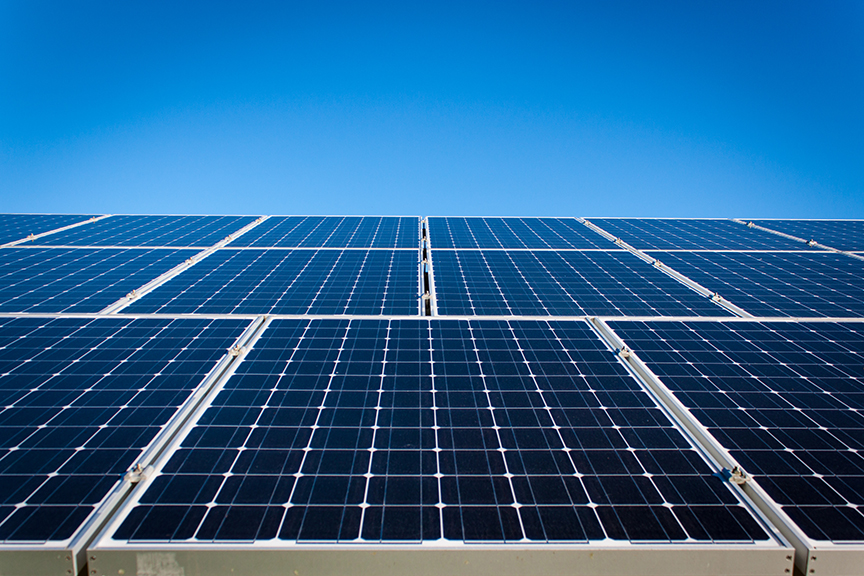Rooftop solar panels, those co-saviors of the planet along with windmills, are stacking up in toxic heaps in California landfills. But maybe things aren’t so bad. The real, rather than subsidized, cost of these green darlings is about to hit the market, making them too expensive for many to afford.
California has been in such a frothy rush to cut greenhouse gas emissions that it began subsidizing solar panel users in the last half of the 1990s. But, as the Los Angeles Times reports, the state “had no comprehensive plan to dispose of them.”
Consequently, panels that are no longer useful are ending up in landfills, “where components that contain toxic heavy metals such as selenium and cadmium can contaminate groundwater.”
“They’re a potent source of hazardous waste,” which means “that eco-virtue mightn’t necessarily be its own reward,” say the Hazardous Waste Experts.
According to Environmental Progress, a Bay Area organization founded by author Michael Shellenberger, “solar panels create 300 times more toxic waste per unit of energy than do nuclear power plants.”
But managing solar panel waste is still better than dealing with nuclear waste, right?
Not even close. Environmental Progress again:
“If solar and nuclear produce the same amount of electricity over the next 25 years that nuclear produced in 2016, and the wastes are stacked on football fields, the nuclear waste would reach the height of the Leaning Tower of Pisa (52 meters), while the solar waste would reach the height of two Mt. Everests (16 km).”
Did someone say just recycle the dead panels instead? Wrong approach. Only about 10% of panels are recyclable, and when recycling is employed, it’s prohibitively expensive, 10 to 30 times more costly than dumping them in landfills.
Could it be, though, that the landfill problem will partially resolve itself, maybe just one Mt. Everest rather than two for the solar panel waste pile? Says the San Francisco Chronicle:
“State regulators are considering rolling back key incentive programs that have helped make California the biggest U.S. market for solar. … Regulators said changes are needed to more accurately reflect the cost of maintaining existing grid infrastructure like power lines, which solar users pay little for but still rely on.”
California has been subsidizing rooftop solar for more than 25 years through “net metering,” which credits ratepayers for the extra electricity produced by their rooftop panels and then sent to the power grid. Should this arrangement disappear, it “would be the death of solar,” Dave Rosenfeld, executive director of the industry group Solar Rights Alliance, told the Chronicle.An injury for sure, but not likely a fatal one. California has since Jan. 1, 2020, required all new homes, including low-rise condominiums and apartments, to have rooftop solar panels. The state also forces new commercial structures to be at least 60% solar powered. Meanwhile, federal authorities have Ok’d construction for the first of three enormous solar farms, the initial project covering about 2,600 acres in Riverside County.
Of course both the state mandates and the solar farm will require more batteries, which create their own waste problems.
California energy policy can facilely be described as aggressively green. But in reality, it’s incoherent. Laws have been enacted and executive orders issued with little thought to internal contradictions, short- and long-term negative impacts, and discussions about turning down the temperature of the all-renewables crusade. The disconnected nature of the state’s climate schemes has become clear to at least some policymakers, who have had to backtrack on shutting down gas plants and the state’s last nuclear power facility to avoid blackouts. Whether they learn anything from it, though, is an iffy proposition.
Kerry Jackson is a fellow with the Center for California Reform at the Pacific Research Institute.

